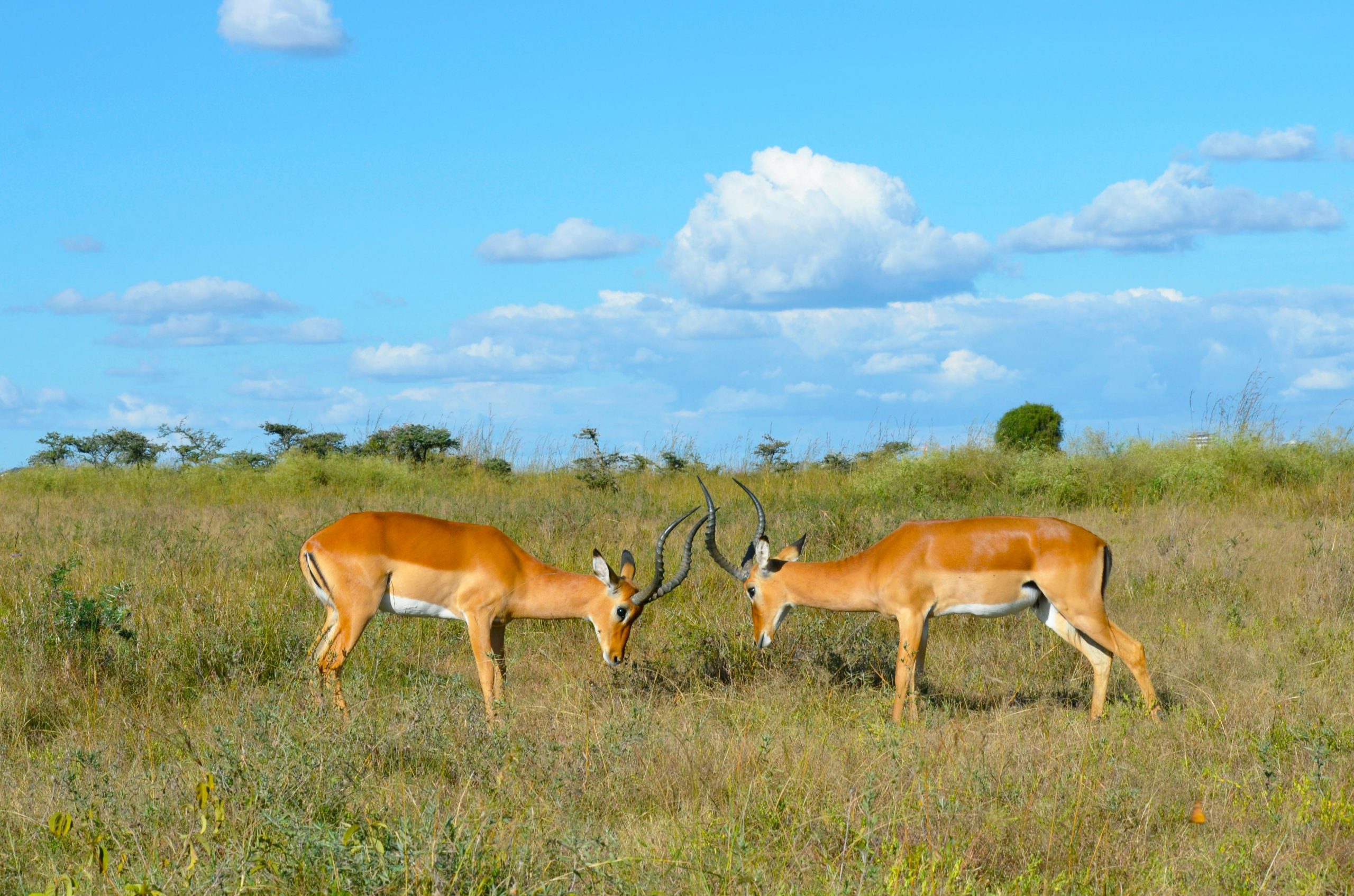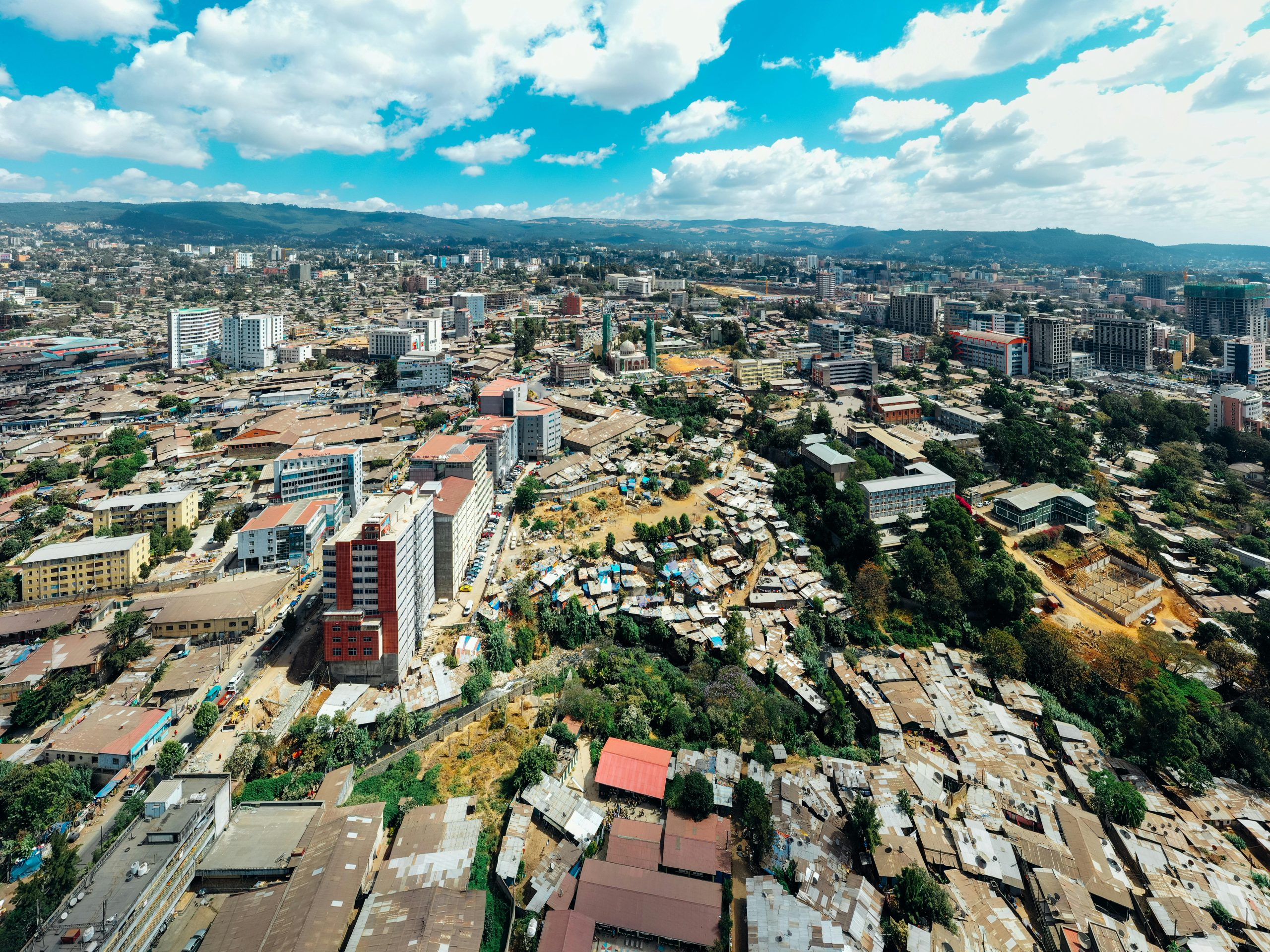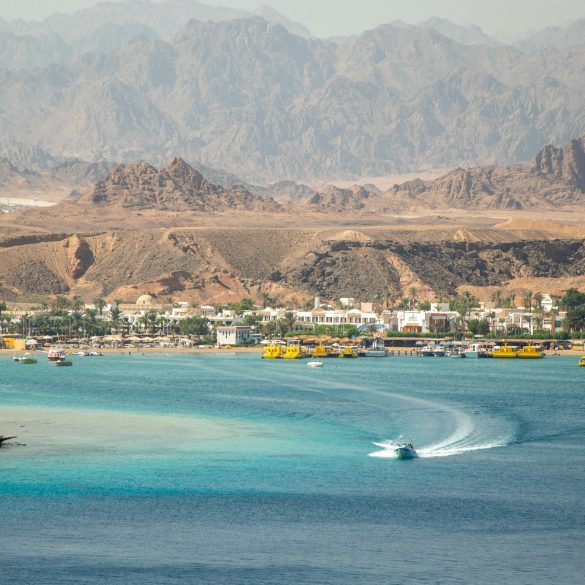Kenya Travel Guide: Ultimate Safari & Cultural Adventures
Picture this: You’re sitting in an open-air safari vehicle as the golden African sun rises over the Maasai Mara, watching a pride of lions emerge from the tall grass just fifty meters away. Here’s the thing – this isn’t just a dream sequence from a nature documentary. This is Kenya, where extraordinary wildlife encounters happen every single day, and you can be part of them.
Kenya isn’t just another tourist destination; it’s a country that fundamentally changes how you see the world. According to the Kenya Tourism Board, over 2.3 million visitors traveled to Kenya in 2022, with 68% citing wildlife viewing as their primary motivation. But you know what’s really interesting? The travelers who return home most transformed are those who embraced both the wild adventures and the rich cultural experiences Kenya offers.
Why Kenya Should Be Your Next Adventure
I’ve traveled to over forty countries, and I can honestly say that Kenya offers something truly unique in the world of tourism. The country sits strategically on the equator, blessed with an incredible diversity of landscapes, climates, and ecosystems. From the snow-capped peaks of Mount Kenya to the pristine beaches of the Indian Ocean, from the vast savannas of the Maasai Mara to the ancient coral reefs of Malindi, Kenya packs more natural wonders into one country than most continents.
Kenya at a Glance
Kenya is home to over 25,000 different animal species, including the famous Big Five. The country hosts one of the world’s most spectacular wildlife migrations, where over 1.5 million wildebeest and 300,000 zebras cross the Mara River annually. With 23 national parks and 28 national reserves, Kenya protects nearly 8% of its total land area for wildlife conservation.
But Kenya’s appeal extends far beyond its wildlife. The country is a cultural melting pot where over 40 different ethnic groups have created a rich tapestry of traditions, languages, and customs. The Swahili coast has been a trading hub for over a thousand years, resulting in a fascinating blend of African, Arab, and Portuguese influences that you can still experience today.
“Kenya is not just a destination; it’s a journey into the heart of what makes Africa so captivating. Every sunrise brings new possibilities for wonder.” – Sarah Mitchell, National Geographic Travel Writer
What makes Kenya particularly special for tourists is its accessibility and infrastructure. According to recent data from the World Bank, Kenya has invested heavily in tourism infrastructure, with modern airports, well-maintained roads to major attractions, and a wide range of accommodation options from budget-friendly hostels to luxury safari lodges.
World-Class Safari Destinations
Let me share something that happened to me on my first Kenya safari. I was staying at a tented camp in the Maasai Mara when our guide suddenly stopped the vehicle and pointed toward a distant acacia tree. “Do you see that?” he whispered. At first, I saw nothing unusual, but then I spotted her – a magnificent leopard, perfectly camouflaged against the bark, watching us with those piercing green eyes.
This is what sets Kenya apart from other safari destinations. According to Kenya Wildlife Service statistics, the country boasts a 94% wildlife viewing success rate, meaning virtually every visitor encounters significant wildlife during their stay. The secret lies in Kenya’s diverse ecosystems and the incredible concentration of animals in its protected areas.
| Destination | Best For | Peak Season | Special Features |
|---|---|---|---|
| Maasai Mara | Great Migration | July-October | Wildebeest crossing |
| Amboseli | Elephants | June-October | Mount Kilimanjaro views |
| Tsavo East & West | Red elephants | May-September | Largest park system |
| Samburu | Unique species | June-September | Grevy’s zebras |
The Maasai Mara: Crown Jewel of African Safaris
You know what’s fascinating about the Maasai Mara? It’s actually the northern extension of Tanzania’s Serengeti, but many wildlife experts argue it offers superior game viewing due to its smaller size and higher animal density. The Mara covers 1,510 square kilometers and is home to over 95 species of mammals and 570 bird species.
Planning Your Mara Visit
The Great Migration typically occurs between July and October, but here’s an insider tip: consider visiting during the shoulder seasons (May-June or November) for fewer crowds and better photography opportunities. Game drives cost between $40-80 per person, depending on your accommodation level.
What makes the Mara truly special is its Big Five concentration. According to recent research published in the African Journal of Ecology, the Maasai Mara has one of the highest predator densities in Africa, with over 3,000 lions, 1,000 leopards, and 500 cheetahs calling this ecosystem home.
Amboseli: Land of Giants
Have you ever wondered what it feels like to watch elephants with Mount Kilimanjaro as your backdrop? Amboseli National Park offers this breathtaking experience daily. The park is renowned for its large elephant herds – some of the biggest tuskers in Africa roam these plains.
- Over 1,600 elephants in resident herds
- Clear views of Mount Kilimanjaro on clear days
- Excellent bird watching with over 600 species
- Traditional Maasai communities nearby
- Year-round wildlife viewing opportunities
“Amboseli is where Africa’s giants roam free against one of the continent’s most iconic backdrops. It’s impossible not to feel humbled by the sheer majesty of these ancient creatures.” – Dr. Joyce Poole, Elephant Researcher
Research from the Amboseli Trust for Elephants shows that families here have been studied for over 50 years, making it one of the longest-running elephant research projects in the world. This means the elephants are incredibly well-habituated to vehicles, offering visitors unprecedented viewing opportunities.

Authentic Cultural Experiences
Here’s something most travel guides won’t tell you: Kenya’s cultural experiences can be just as transformative as its wildlife encounters. I remember sitting around a campfire with Maasai elders near the Mara, listening to ancient stories passed down through generations. The deep wisdom in their voices, the way they understood the land and its rhythms – it completely changed my perspective on what it means to live in harmony with nature.
Kenya is home to over 44 distinct ethnic groups, each with unique traditions, languages, and customs. According to the Kenya National Bureau of Statistics, this diversity creates one of Africa’s richest cultural tapestries. The largest groups include the Kikuyu, Luhya, Kalenjin, Luo, and Kamba, but it’s the interactions between these communities that create Kenya’s unique cultural identity.
- Visit authentic Maasai villages and learn traditional beadwork
- Experience Swahili culture along the coast
- Participate in traditional cooking classes
- Learn about colonial history in Nairobi
- Attend local festivals and celebrations
Cultural Etiquette Tips
Always ask permission before photographing people, especially in rural areas. Many communities welcome visitors but appreciate respect for their privacy. Tipping cultural guides $10-15 per day is standard, and purchasing authentic crafts directly from artisans supports local communities.
What strikes me most about Kenyan culture is the concept of “harambee” – pulling together for the common good. This philosophy permeates daily life and explains why visitors often comment on the warmth and helpfulness of Kenyan people. A study by the International Journal of Tourism Research found that 87% of visitors rated their cultural interactions in Kenya as “exceptional” or “life-changing.”
Coastal Adventures & Beach Escapes
You know what surprised me most about Kenya? After all those incredible safari experiences, the coast offered something completely different yet equally captivating. The Kenyan coast stretches for 536 kilometers along the Indian Ocean, featuring pristine white sand beaches, ancient Swahili towns, and some of the world’s most beautiful coral reefs.
“The Kenyan coast is where Africa meets Arabia, where ancient dhows still sail past luxury resorts, and where you can snorkel among dolphins in the morning and explore 500-year-old ruins in the afternoon.” – Mark Jenkins, Travel Writer for National Geographic
Mombasa, Kenya’s second-largest city, serves as the gateway to this coastal paradise. The city’s Old Town is a UNESCO World Heritage Site where narrow streets wind between ancient buildings showcasing Swahili, Arab, Portuguese, and British architectural influences. Fort Jesus, built by the Portuguese in 1593, offers fascinating insights into the region’s complex history.
- Diani Beach: Consistently ranked among the world’s top beaches
- Malindi: Historic town with excellent marine parks
- Watamu: World-class diving and snorkeling
- Lamu: Perfectly preserved Swahili town
- Kilifi: Emerging destination for water sports
Adventure Activities Beyond the Safari
Think Kenya is just about wildlife? Think again. The country offers incredible adventure opportunities that many tourists never discover. Mount Kenya, Africa’s second-highest peak, provides world-class mountaineering and trekking experiences. The mountain has three main peaks, with Point Lenana (4,985m) accessible to fit hikers without technical climbing skills.
According to Kenya Association of Tour Operators data, adventure tourism has grown by 23% annually over the past five years. Popular activities include:
- White-water rafting on the Tana River
- Rock climbing in Hell’s Gate National Park
- Kite surfing at Diani Beach
- Deep-sea fishing off the coast
- Hot air balloon safaris over the Mara
- Camel trekking in northern Kenya
Here’s what most people don’t realize: Kenya’s diverse geography means you can literally go from watching elephants in the morning to surfing world-class waves in the afternoon. The country’s position on the equator ensures consistent weather patterns, making it a year-round adventure destination.
Essential Planning & Budget Tips
Let me be honest with you about something that caught me off guard during my first Kenya trip: the planning process is actually much simpler than I expected. Unlike some African destinations, Kenya has excellent tourism infrastructure and straightforward visa processes that make trip planning surprisingly stress-free.
Most visitors can obtain an e-visa online for $51, which takes 2-7 business days to process. According to the Kenya Tourism Board, 95% of visa applications are approved without issues. Citizens of most countries need only a valid passport and proof of yellow fever vaccination if arriving from an infected area.
| Budget Level | Daily Cost | Accommodation | Transport |
|---|---|---|---|
| Budget | $50-80 | Hostels, campsites | Public transport |
| Mid-range | $150-300 | Safari lodges | Organized tours |
| Luxury | $500-1500 | Luxury camps | Private vehicles |
Here’s something that might surprise you: Kenya offers incredible value for money compared to other safari destinations. A recent analysis by Safari Bookings found that Kenya safari packages cost 30-40% less than equivalent experiences in Tanzania or Botswana, while offering comparable wildlife viewing opportunities.
Money-Saving Tips
Travel during shoulder seasons (April-May, November-December) for 40-60% savings on accommodation. Book domestic flights in advance – Jambojet and Safarilink offer excellent deals. Consider staying in conservancies rather than national parks for better value and fewer crowds.
Health and Safety Considerations
Safety is naturally a concern for many first-time visitors to Kenya, but the reality is quite reassuring. According to the Global Peace Index, Kenya ranks as one of the safer African countries for tourists. The tourism police are highly trained and visible in all major tourist areas.
- Malaria prophylaxis recommended for most areas
- Yellow fever vaccination required from endemic areas
- Comprehensive travel insurance highly recommended
- Drink bottled water and eat at reputable restaurants
- Respect local customs and dress codes
Sustainable Tourism Practices
You know what really matters to me as a traveler? Ensuring that my adventures contribute positively to the places I visit. Kenya has embraced sustainable tourism in remarkable ways, and as visitors, we can be part of this positive impact.
The Kenya Tourism Board has implemented a comprehensive sustainability framework that includes community-based tourism, wildlife conservation, and environmental protection. Research published in the Journal of Sustainable Tourism shows that community conservancies in Kenya generate over $100 million annually for local communities while protecting critical wildlife habitats.
“Sustainable tourism in Kenya isn’t just about protecting wildlife – it’s about ensuring that local communities benefit from conservation efforts and that future generations can experience the same natural wonders we enjoy today.” – Dr. Samuel Andanje, Kenya Wildlife Service
- Choose eco-certified accommodations and tour operators
- Support community-based tourism initiatives
- Purchase crafts directly from local artisans
- Respect wildlife viewing guidelines and distances
- Minimize plastic use and respect local environments
Your Kenyan Adventure Awaits
As I write this, I’m already planning my return to Kenya – that’s the effect this incredible country has on travelers. Whether you’re drawn by the thundering hooves of the Great Migration, the ancient wisdom of Swahili culture, or the pristine beaches of the Indian Ocean, Kenya offers experiences that will fundamentally change how you see the world.
The question isn’t whether you should visit Kenya – it’s when you’ll take that first step toward the adventure of a lifetime. With proper planning, respect for local cultures, and an open heart, your Kenyan journey will become one of those stories you’ll tell for the rest of your life.
Ready to Start Planning?
Begin by researching reputable tour operators, checking visa requirements for your nationality, and considering travel insurance options. The Kenya Tourism Board website offers comprehensive planning resources, and connecting with experienced travelers through forums can provide valuable insights for your specific interests and budget.
Kenya truly is a destination where dreams become reality – where you can witness the raw beauty of nature while connecting with cultures that have thrived for millennia. Your adventure starts with a single decision: saying yes to Kenya.


